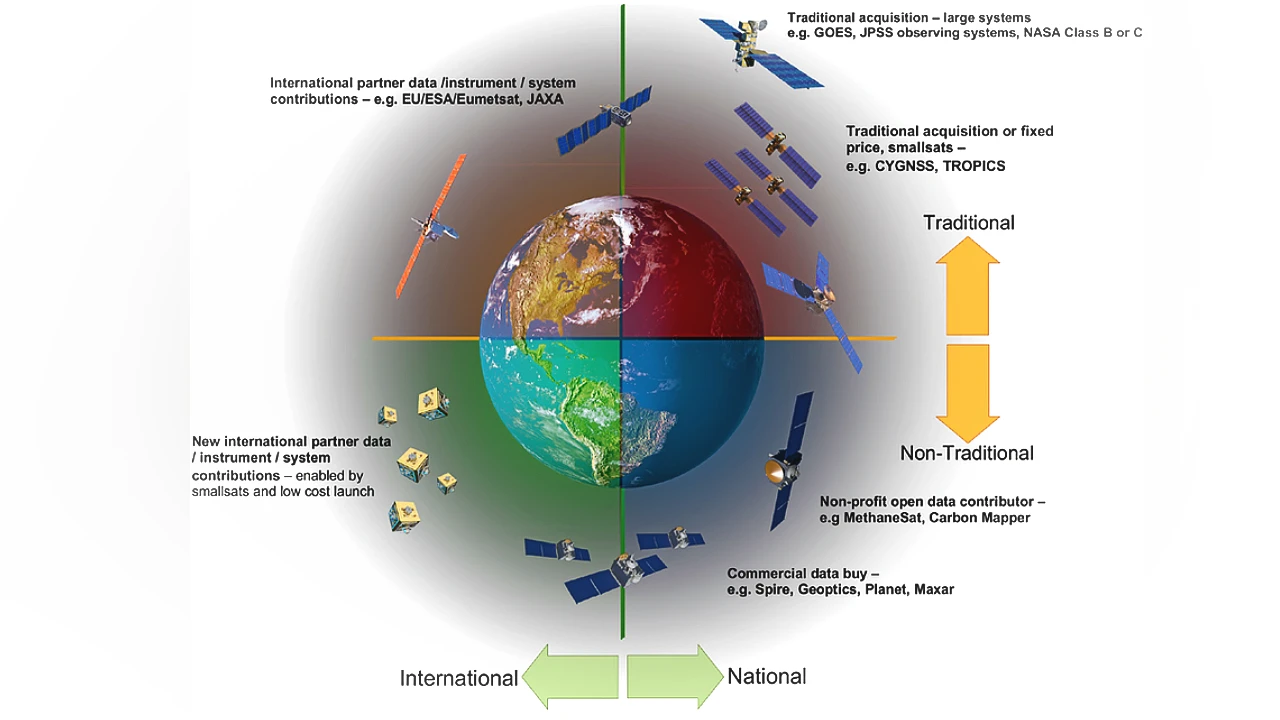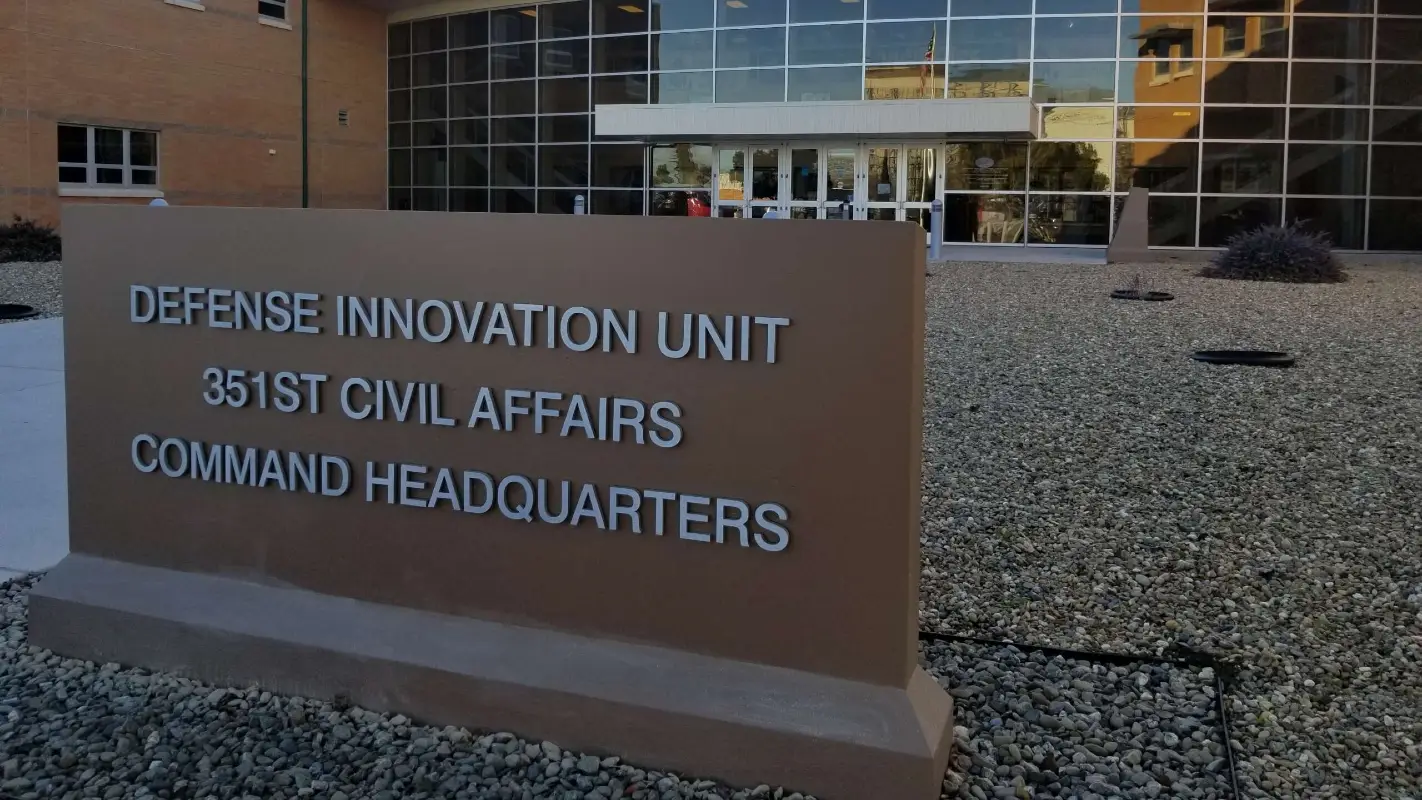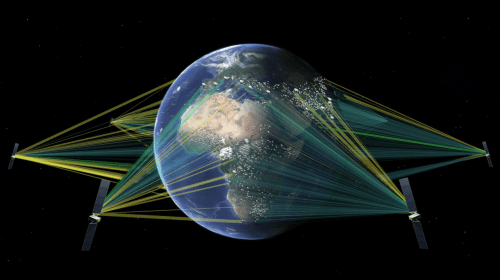A New Vision for Military Communications
Aug 19, 2025
Recently, the Defense Innovation Unit (DIU) has issued new contracts to a number of companies, including Viasat, in its Hybrid Space Architecture (HSA) program. The program aims to revolutionize the way the military communicates by integrating civil, commercial, and military space resources into a single network. This bold initiative is a strategic change, with resilience, flexibility, and international connectivity being more important than stand-alone systems.
 Schematic illustration of a hybrid space architecture (HSA). Credit: Google
Schematic illustration of a hybrid space architecture (HSA). Credit: Google
The central point is that in future conflicts, communications might not rely so much on a particular platform but more on the smooth interaction of a variety of technologies that operate in tandem. The breadth of the HSA underscores the increasing awareness that no one organization can provide the communications infrastructure that the military needs. The project aims to create a real-time adaptive mesh network by integrating commercial, government, and defense systems. This strategy implies that situational awareness and decision-making of warfighters will be improved greatly, since information would be transferred with fewer delays and over more resilient channels. The net result can be to make operations less vulnerable to disruption and establish new norms of collaboration between government and industry.
Commercial Strengths Shaping Military Networks
Viasat is not the only company now contributing to this architecture, with a list that includes Capella Space, Japan’s EdgeCortix, Eutelsat America + OneWeb Technologies, and Lockheed Martin Space among others. The variety of the participants highlights the understanding that hybrid space communications need various strengths, including hardware and satellites, analytics, and cloud infrastructure. Capella Space, to give one example, has reported a $4.2 million contract to provide synthetic aperture radar satellites to deliver low-latency imaging that can be effective in any weather. These contributions show that HSA is not merely about connectivity but also about the integration of sophisticated sensing and monitoring functions into the same framework.
 Defense Innovation Unit HQ. Credit: Google
Defense Innovation Unit HQ. Credit: Google
It is especially interesting to note the focus on resilience among current contractors. Particularly notable among these contractors are large corporations like Amazon Web Services, Google, Microsoft, and Palantir Technologies that are not experts in satellites but in cloud computing, artificial intelligence, and big data management. Their involvement is indicative of the fact that the future of space-based communications will be as dependent on software-defined solutions as it is on hardware platforms. This transition implies that the lines between the defense and commercial technology industries are becoming more and more blurred, with each party dependent on the other to produce outcomes that could not be attained on their own.
Viasat’s Role and the Push for Resilience
In this ecosystem, the role of Viasat focuses on inter-Network Maneuvering, which is a capability that is supposed to enable roaming between government and commercial systems without interruption. Using its NetAgility software-defined networking platform, the company will offer multi-path routing of communications optimized to battlefield conditions. The design emphasizes the role of real-time situational awareness in the orchestration of network use, ensuring that data is routed via the most efficient channels at any given time. This trend demonstrates that flexibility and dynamic network control have become as important to defense communications as raw capacity or speed. The usefulness of such systems is evident when it comes to contested environments, where the adversary can seek to jam, spoof, or otherwise disrupt communications. A multi-orbit, multi-vendor approach implies that even in case of failure of one pathway, there are others available. This redundancy provides commanders with greater assurance that important information will reach its destination when it is most needed. Ultimately, communications infrastructure itself becomes a deterrent, as attacks against it are less likely to result in any significant disruption.
 NetAgility platform promo. Credit: Viasat
NetAgility platform promo. Credit: Viasat
The rollout of the program will feature demonstrations in Indo-Pacific, European, Central, and Southern Commands in the coming year, with some starting as early as this summer. Such tests are not merely symbolic but represent a chance to prove the strength and compatibility of commercial and military resources in actual operational environments. Lt. Col. Tim Trimailo of the Space Systems Command stated that the collaboration with DIU is speeding up the rate at which commercial solutions are integrated into defense architectures. Should they be successful, such demonstrations may lead to a scalable, global communications infrastructure that will serve as the foundation for Department of Defense operations. The key step in this process is the activation of a live hybrid network. This indicates that HSA is transitioning from concept to operational reality and offering a foundation for exercises and tactical refinement. The participation of private industry in this phase indicates readiness to accept external innovation beyond conventional defense sources. It also demonstrates an understanding that the pace of technological change necessitates more adaptive strategies to ensure that the U.S. military can continue to maintain its edge.
From Demonstrations to Doctrinal Shifts
In this effort, Craig Miller, President of Viasat Government, has stressed the need to be agile and resilient. His remarks indicate a vision in which networks adjust in machine time, reacting immediately to changing circumstances and enemy activity. The impact of this kind of adaptability would be to render interference costly and largely ineffective, providing a strategic advantage to U.S. and allied forces. Within this framing, space-based networks cease to be merely communication tools and become active elements of deterrence and strategic stability. Collectively, the HSA program represents not just a technological upgrade but a doctrinal shift. The dependence on hybrid, dynamic, and commercial-integrated networks indicates a new era in which information supremacy is becoming increasingly central to warfare. This development creates concerns regarding governance, interoperability, and security, but also creates opportunities for resilience that were not possible before. Ultimately, the program’s success could determine whether future battles will be fought with networks that can bend without breaking, maintaining continuity of command and freedom of action in space.
The Hybrid Space Architecture illustrates how the boundaries between defense and commercial innovation are being reshaped in real time. By bringing together satellites, cloud computing, and software-defined networks, the program signals a future in which information dominance will be achieved through adaptability rather than reliance on single systems. The growing role of private industry demonstrates that resilience in modern warfare increasingly depends on collaboration across sectors, where agility and shared expertise are vital. If the initiative succeeds, it could establish a communications model that ensures military readiness while setting new standards for strategic stability in space.





